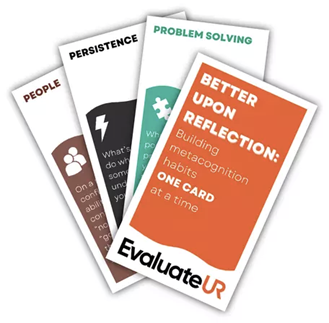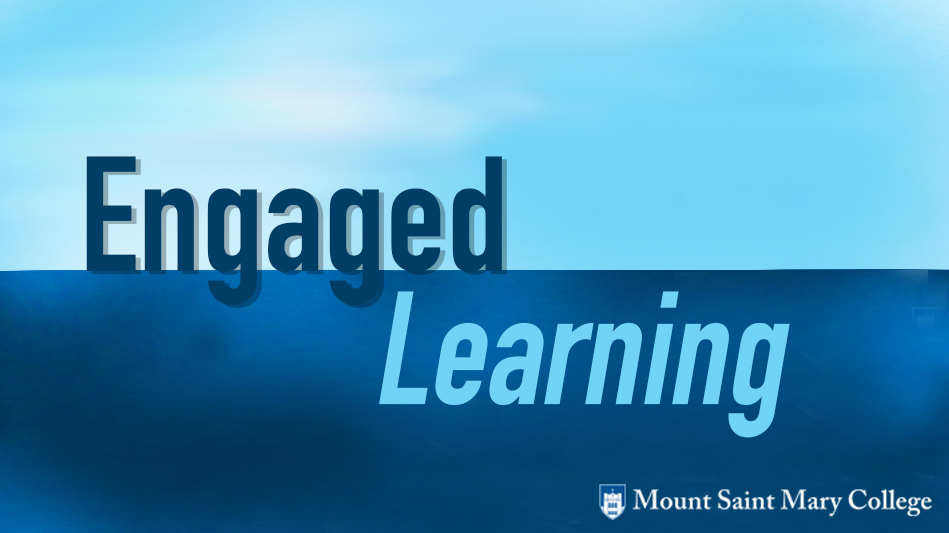by Stephen Fleisher, CSU Channel Islands
McMillan and Hearn (2008) stated persuasively that:
In the current era of standards-based education, student self-assessment stands alone in its promise of improved student motivation and engagement, and learning. Correctly implemented, student self-assessment can promote intrinsic motivation, internally controlled effort, a mastery goal orientation, and more meaningful learning (p. 40).
In her study of three meta-analyses of medical students’ self-assessment, Blanch-Hartigan (2011) reported that self-assessments did prove to be fairly accurate, as well as improving in later years of study. She noted that if we want to increase our understanding of self-assessment and facilitate its improvement, we need to attend to a few matters. To understand the causes of over- and underestimation, we need to address direction in our analyses (using paired comparisons) along with our correlational studies. We need also to examine key moderators affecting self-assessment accuracy, for instance “how students are being inaccurate and who is inaccurate” (p. 8). Further, the wording and alignment of our self-assessment questions in relation to the criteria and nature of our performance questions are essential to the accuracy of understanding these relationships.
When we establish strong and clear relationships between our self-assessment and performance questions for our students, we facilitate their use of metacognitive monitoring (self-assessment, and attunement to progress and achievement), metacognitive knowledge (understanding how their learning works and how to improve it), and metacognitive control (changing efforts, strategies or actions when required). As instructors, we can then also provide guidance when performance problems occur, reflecting on students’ applications and abilities with their metacognitive monitoring, knowledge, and control.
Self-Assessment and Self-Regulated Learning
For Pintrich (2000), self-regulating learners set goals, and activate prior cognitive and metacognitive knowledge. These goals then serve to establish criteria against which students can self-assess, self-monitor, and self-adjust their learning and learning efforts. In monitoring their learning process, skillful learners make judgments about how well they are learning the material, and eventually they become better able to predict future performance. These students can attune to discrepancies between their goals and their progress, and can make adjustments in learning strategies for memory, problem solving, and reasoning. Additionally, skillful learners tend to attribute low performance to low effort or ineffective use of learning strategies, whereas less skillful learners tend to attribute low performance to an over-generalized lack of ability or to extrinsic things like teacher ability or unfair exams. The importance of the more adaptive attributions of the aforementioned skillful learners is that these points of view are associated with deeper learning rather than surface learning, positive affective experiences, improved self-efficacy, and greater persistence.
Regarding motivational and affective experiences, self-regulating learners adjust their motivational beliefs in relation to their values and interests. Engagement improves when students are interested in and value the course material. Importantly, student motivational beliefs are set in motion early in the learning process, and it is here that instructional skills are most valuable. Regarding self-regulation of behavior, skillful learners see themselves as in charge of their time, tasks, and attention. They know their choices, they self-initiate their actions and efforts, and they know how and when to delay gratification. As well, these learners are inclined to choose challenging tasks rather than avoid them, and they know how to persist (Pintrich, 2000).
McMillan and Hearn (2008) summarize the role and importance of self-assessment:
When students set goals that aid their improved understanding, and then identify criteria, self-evaluate their progress toward learning, reflect on their learning, and generate strategies for more learning, they will show improved performance with meaningful motivation. Surely, those steps will accomplish two important goals—improved student self-efficacy and confidence to learn—as well as high scores on accountability tests (p. 48).
As a teacher, I see one of my objectives being to discover ways to encourage the development of these intellectual tools and methods of thinking in my own students. For example, in one of my most successful courses, a colleague and I worked at great length to create a full set of specific course learning outcomes (several per chapter, plus competencies we cared about personally, for instance, life-long learning). These course outcomes were all established and set into alignment with the published student learning outcomes for the course. Lastly, homework, lectures, class activities, individual and group assignments, plus formative and summative assessments were created and aligned. By the end of this course, students not only have gained knowledge about psychology, but tend to be pleasantly surprised to have learned about their own learning.
References
Blanch-Hartigan, D. (2011). Medical students’ self-assessment of performance: Results from three meta-analyses. Patient Education and Counseling, 84, 3-9.
McMillan, J. H., & Hearn, J. (2008). Student self-assessment: The key to stronger student motivation and higher achievement. Educational Horizons, 87(1), 40-49. http://files.eric.ed.gov/fulltext/EJ815370.pdf
Pintrich, P. R. (2000). The role of goal orientation in self-regulated learning. In M. Boekaerts, P. R. Pintrich, & M. Zeidner (Eds.) Handbook of self-regulation. San Diego, CA: Academic.



